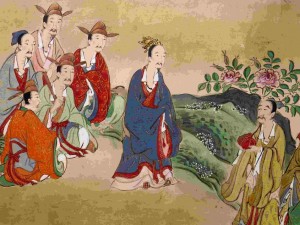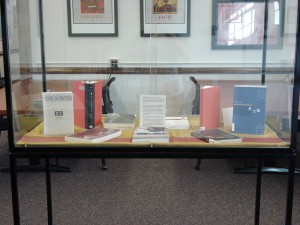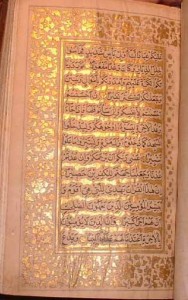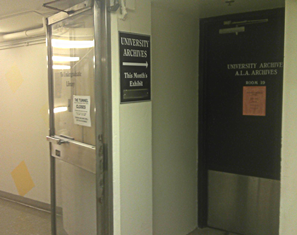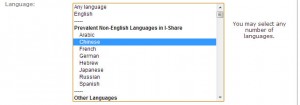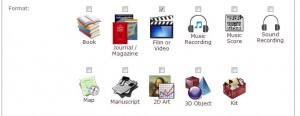The Japanese rare books collection is an important part of the Asian rare books collection at the University of Illinois at Urbana-Champaign. The great majority of Japanese rare books came from the library of Joseph K. Yamagiwa (1906-1968). Professor Yamagiwa was a leading scholar and professor of Japanese at the University of Michigan. His collection was purchased by our university in 1969. This collection contained 1800 volumes, which was later divided between the Asian Library and the Rare Book and Manuscript Library. The current Japanese rare book collection was built upon it.
With some later purchases and donation, our university library is currently 200 volumes of Japanese rare books. The subjects cover a variety of fields from literature (including Nara Ehon), theater, history, maps, scrolls, to dictionaries and encyclopedias. Most of these books and manuscripts are printed between the 17th to the 19th centuries.
This summer the Japanese rare book collection gained a new piece, Ise Monogatari. It also marked the 13-millionth book of the university and maintains our status as the largest public university library in America. This edition of the Ise Monogatari was published in 1608 and is the first printed illustrated edition of the popular Ise Monogatari or Tales of Ise). This book is one of the earliest Japanese books printed with moveable type, a technique newly imported from Korea. The elegant type and delicate woodcuts of the Saga-bon Tales of Ise appear on five different hand-made colored papers.[1]
Besides their historical and scholarly value, this collection also serves as a communication bridge to visiting scholars from Japan. Despite their high value, our Rare Book and Manuscript Library pleasantly welcomes people to come in and use these materials. If you are interested in them, come to the library.


